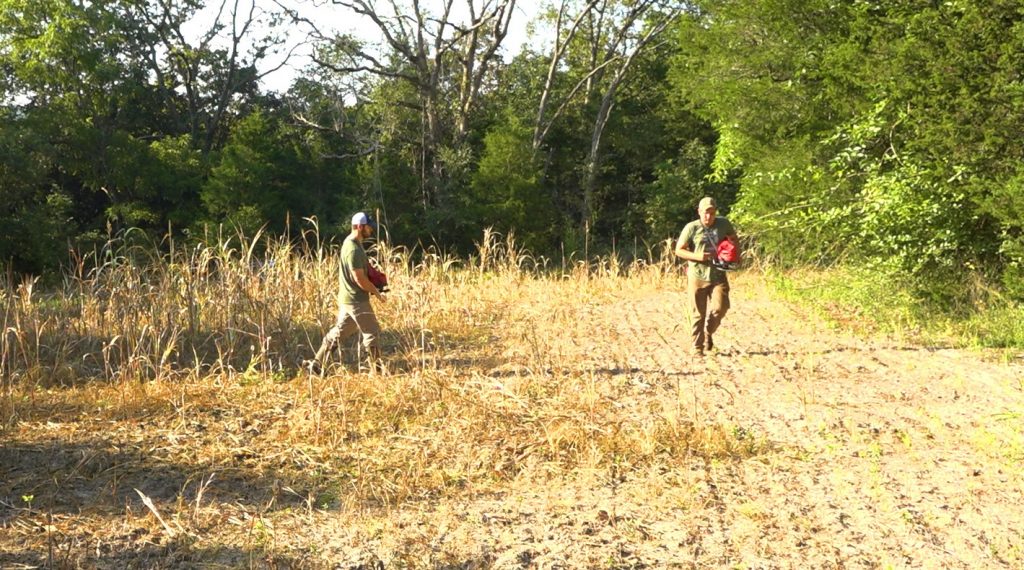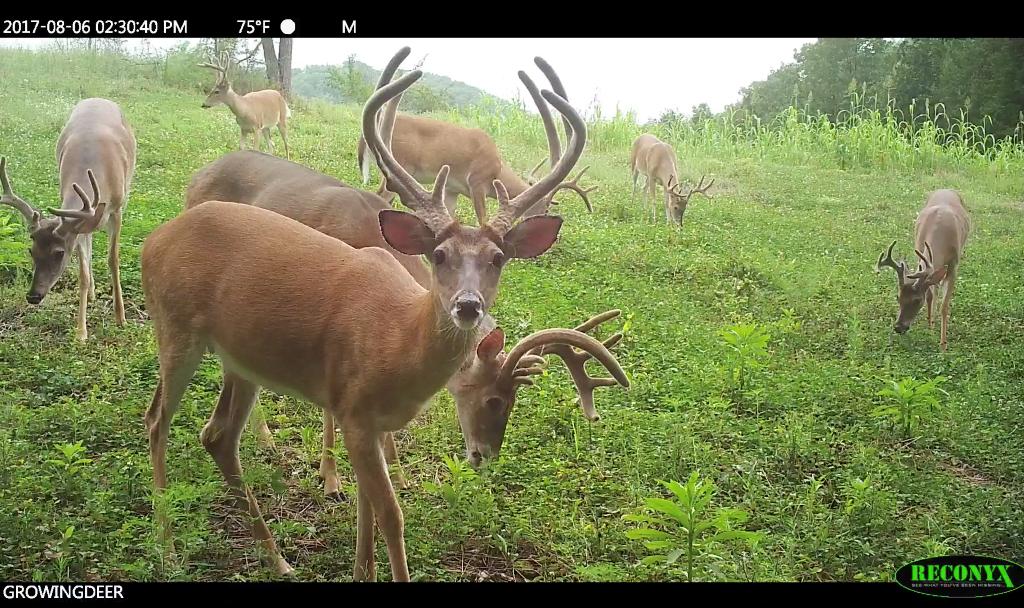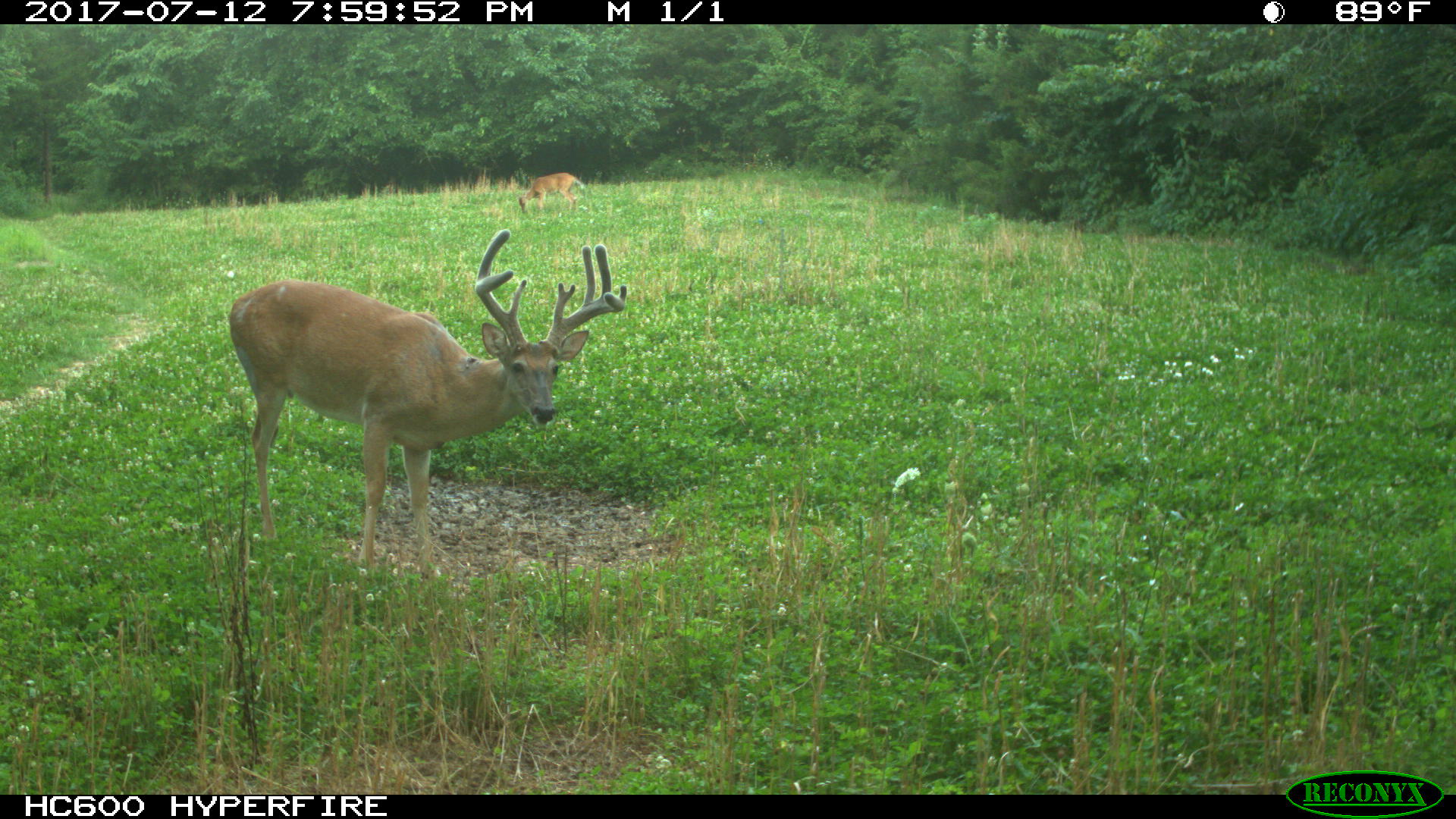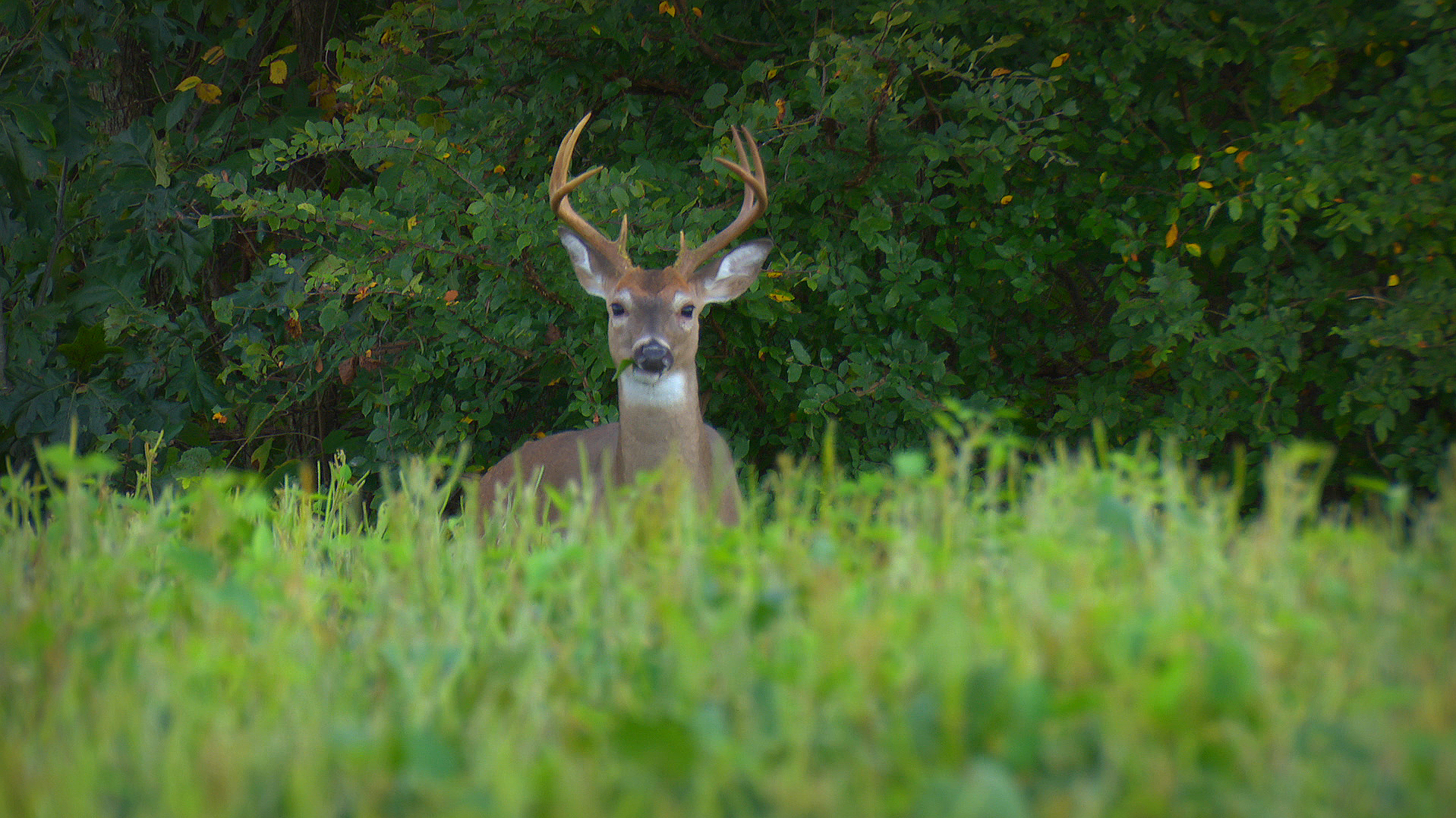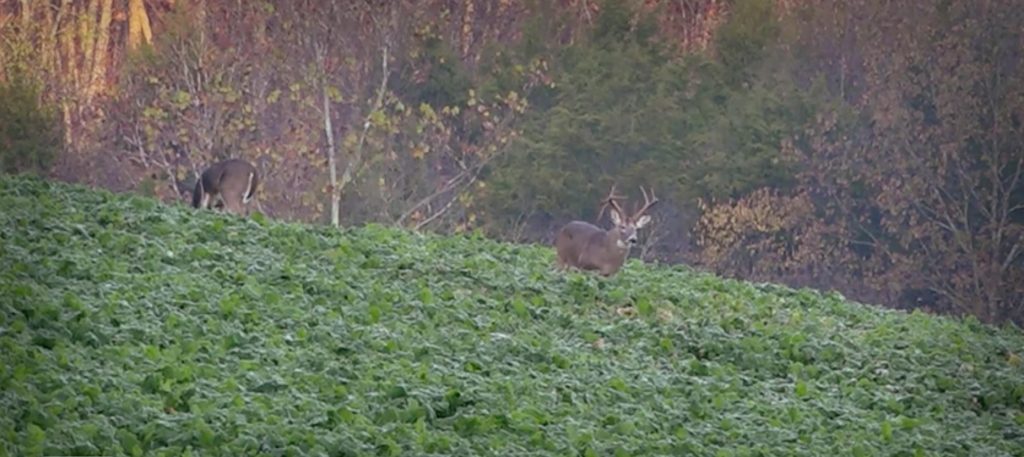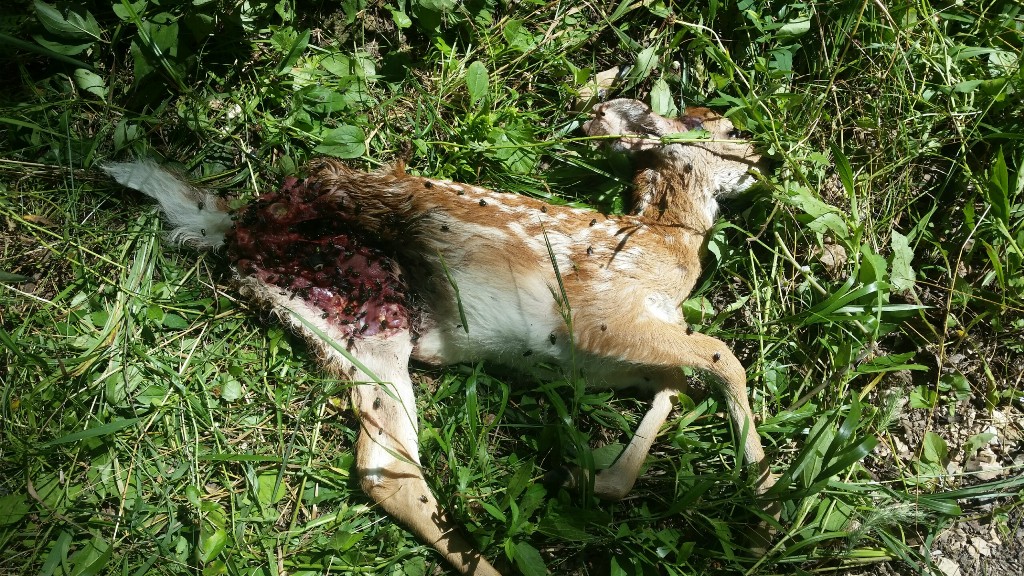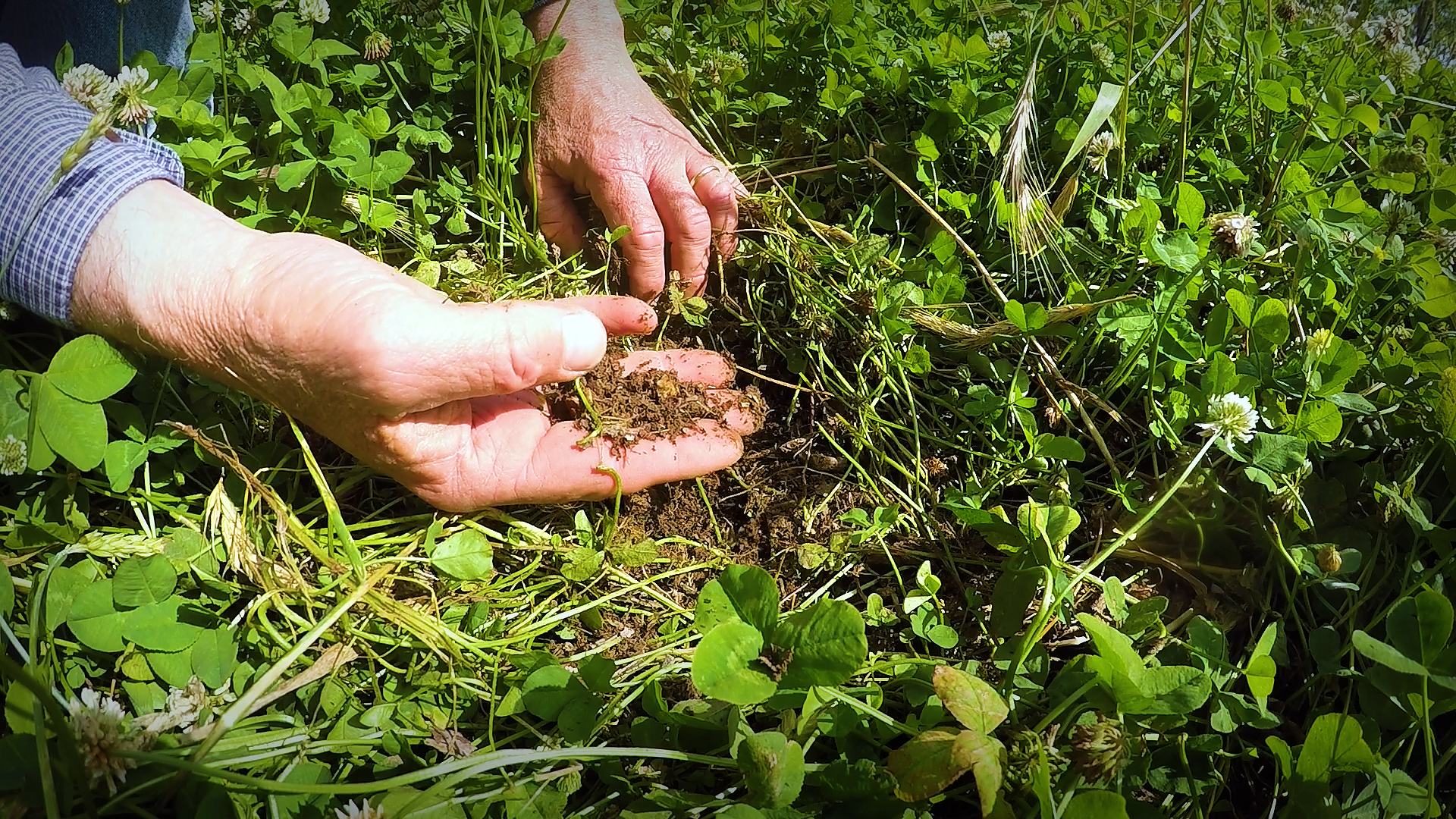A Venison Recipe: Fast, Easy, Tender, Delicious
We eat a lot of venison at our house. Deer meat is on the menu several days each week: venison loin, tenderloin, roast, ground venison, venison breakfast sausage, Italian venison sausage (great in spaghetti sauce!), etc. Like many family cooks I always make enough for leftovers. Leftover venison roasts are often chopped up for use in burritos, stir fry, soups, stews, casseroles or simply as sandwich meat. The slow cooker/Crock-Pot has always been my go-to method for cooking venison. Cooking venison in a slow cooker always resulted in tender, flavorful meat. The secret to success in a slow cooker is to make sure there is plenty of liquid (chicken broth is my favorite) to cover the venison. Click here for one of my favorite venison roast recipes for the Crock-Pot.

The one problem with the slow cooker is that it is SLOW. If I forget to put something on early in the morning then we are out of luck for supper as most Crock-Pot recipes need to cook a minimum of 8 – 10 hours. I had heard that the new electric pressure cookers were cutting cooking times and making tender, flavorful meats. I decided to get one after talking to some friends and watching some videos online. I learned that they are not like the scary old stove top pressure cookers!
I was amazed at how well my first attempt at pressure cooking venison turned out. I even chose the cut of meat that is the most difficult to make tender, the venison ball roast. I took meat from the freezer around 9:00 a.m. and before noon I had a fantastic lunch ready with very little effort! The venison was completely frozen when it went into the Instant Pot. The result was tender, flavorful meat just perfect for burritos! I think it tasted much better than anything I have ever cooked in a Crock-Pot. If you have an electric pressure cooker (Instant Pot) you can try my recipe:
Pressure Cooker Mexican Venison Recipe
1 tablespoon canola oil
1 medium onion chopped (about 2/3 cup)
2/3 cup chopped green pepper
2 cloves minced garlic
1 ½ cups water
4 beef bouillon cubes
2 frozen venison ball roasts (about 2.5 lbs each)
2 tablespoons chili powder
2 tablespoons cumin
½ stick butter
- Turn the Instant Pot on sauté mode. Add oil and spread around. Then add onion, green pepper and minced garlic. Saute for a couple of minutes.
- Unwrap the beef bouillon cubes and put in the water. Add to pot.
- Add the frozen venison ball roasts.
- Sprinkle the roasts with the cumin and chili powder.
- Put the butter on top of the roasts. Put lid on and close/seal the pot.
- End the sauté mode. Change the setting on the Instant Pot to manual with a time of 80 minutes. Make sure the vent is pushed to seal. The meat will be cooked to the right internal temperature at 60 minutes, but the tenderness comes with that last 20 minutes of pressure cooking.
- Let the pressure release naturally then remove the lid. Take the venison out and place on cutting board. Chop into ½” – 1” pieces. Put the venison back in the pressure cooker and mix with the remaining liquid. You can use the keep warm feature or take the meat out, let it cool and put in the refrigerator to eat later.
Serving suggestions: flour tortillas, refried or black beans, lettuce, onions, salsa, or cheese – anything you like and use as a burrito filling! The meat could also be used in your favorite Mexican casserole!
I hope you enjoy this as much as we do. I have to close this recipe/blog post by giving a big thank you to my friend Veronica. She has guided me through learning the Instant Pot and is a gourmet cook and an artist in the kitchen. Thanks Veronica!
If you’re unfamiliar with the Instant Pot there are tons of videos and recipes online. Take the time to watch a few and then get that Instant Pot out of the cabinet and start cooking! I know I will be using it a lot more after making this easy venison roast!
Tracy



